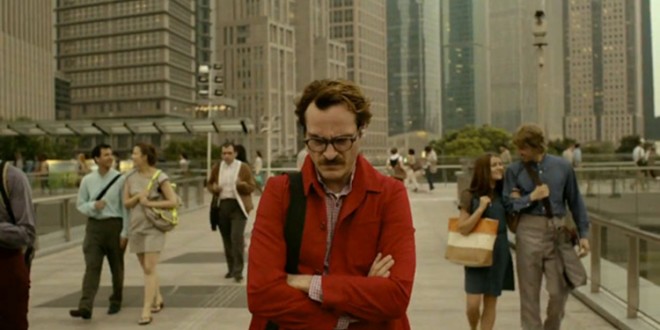
French philosopher Jean Baudrillard (1929-2007) was one of the most influential postmodern theorists. The conceptions of Baudrillard have taken on greater importance in today’s world as our lives become further saturated and mediated by technology.
According to Baudrillard, our culture has come to prize the simulation over the real. The “simulacra” is this representation. He has stated that the real has become so replicated that we have lost it. We have substituted the real for the fake and we have lost the ability to distinguish between the real and the simulation. His idea of hyperreality is this inability to tell the difference.
A number of films in recent years have come to implement his main ideas in an attempt to address and critique aspects of our culture relating to the media, technology, etc. This list provides 10 films that show how his notions have been fleshed out and brought to life. Although if one were to really see his ideas in action, take a crowded elevator and see how many people are on their phones.
1. The Matrix (1999, Andy Wachowski and Lana Wachowski)
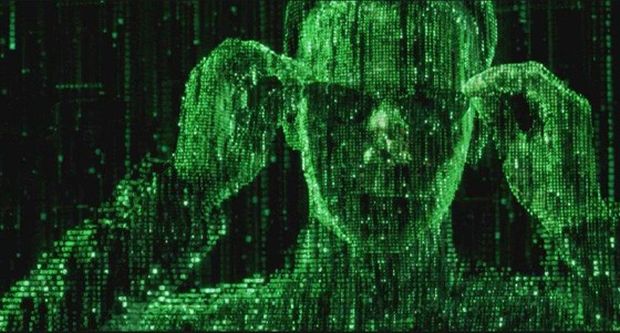
This is the film that perfectly embodies Baudrillard’s conceptions. His seminal work “The Simulacra and Simulation” appears in an early scene as a hollowed out book. “The Matrix” is about a near future where human society is actually a simulation designed by computers. The Wachowskis were so influenced by Baudrillard that they even reached out to him and asked him to contribute ideas to the sequels but he declined.
Baudrillard’s notions of hyperreality and the simulacrum relate to how we as a society, through our obsessions with technology and popular culture, have constructed an artificial society.
“The Matrix” takes it a step further and shows how humans, through doing what Baudrillard has described, can eventually not even notice the complete enslavement of our race to technology. The rebels who unplug people from their enslavement give them a choice to take the blue pill or the red pill, to either stay in the Matrix or attempt to destroy it.
The people who chose to take the red pill do so because the Matrix has become real to them and reality has no meaning to them. This was one of Baudrillard’s fears. He felt that we would, or already have, come to a condition in which we feel that the simulation holds more meaning and comfort than the truth.
Though Baudrillard did not care for the film, as he stated “the most embarrassing part of the film is that the new problem posed by simulation is confused with its classical, Platonic treatment … ‘The Matrix’ is surely the kind of film about the matrix that the matrix would have been able to produce.” It is, nevertheless, a film that his ideas helped inspire.
2. Solaris (1972, Andrei Tarkovsky)
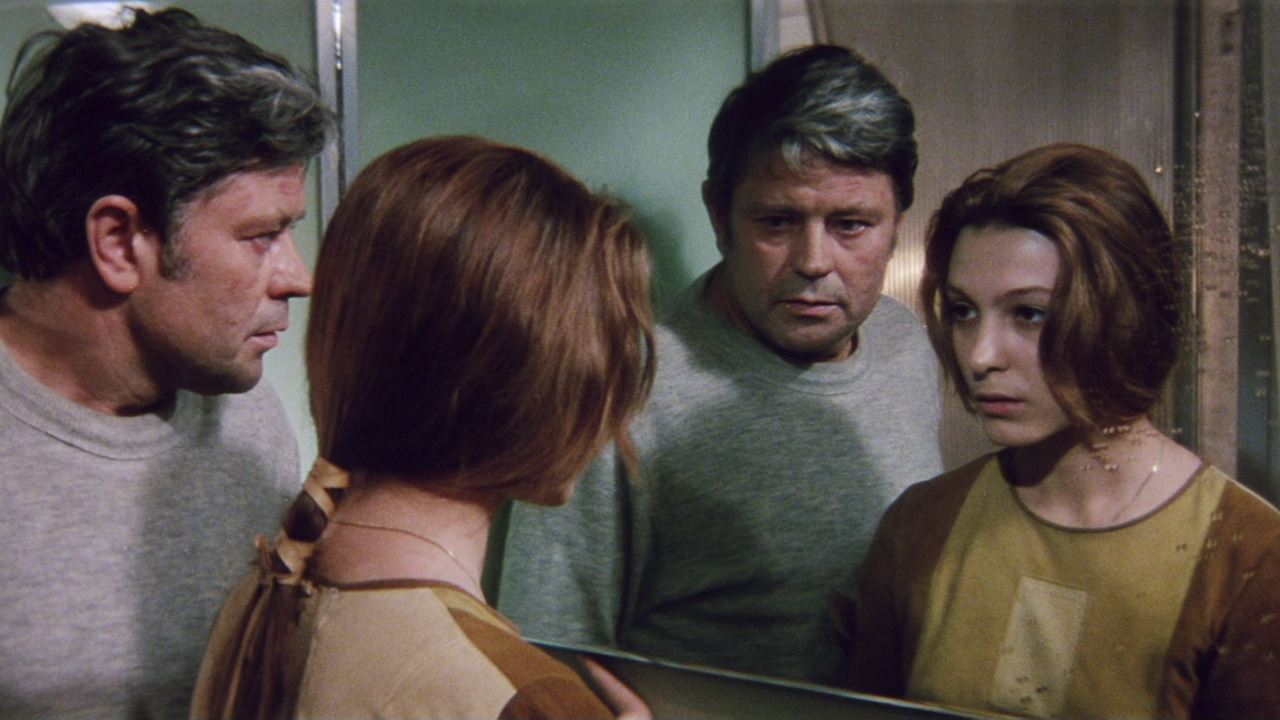
There are always philosophical ideas behind the work of the visual poet Andrei Tarkovsky. This classic meditative focuses on psychologist Kris Kelvin’s (Donatas Banionis) journey to a space station hovering above the mysterious planet Solaris, to investigate the reasons behind the crew’s sudden unresponsiveness and presumed insanity.
While aboard the ship, he is shocked to discover that his late wife is also aboard. The other doctors onboard explain that this is a result of being so close to the planet. The planet has read their minds and replicated members of their past. The copies are exact and almost indistinguishable from the real versions.
The film explores Kelvin’s response to this simulation. He resists at first but then resigns himself to the replication of his wife. In the end he chooses not to return to Earth and instead descends to Solaris, fully accepting the simulation as reality.
“Solaris” delineates on the idea of the simulacrum. The simulations aboard the space station make Kelvin long for the original, yet that original is gone and he chooses to accept the copy. Baudrillard provided a three-step outline relating to how our culture has come to fully blur the lines between the real and the simulation.
“Solaris” most clearly depicts the third order in which we fully accept and recognize the artificial as real. This represents a complete breakdown in the distinction between the two. Kelvin’s choice to not return to Earth reflects his desire to move away from the real and embrace the simulation.
3. The Truman Show (1998, Peter Weir)
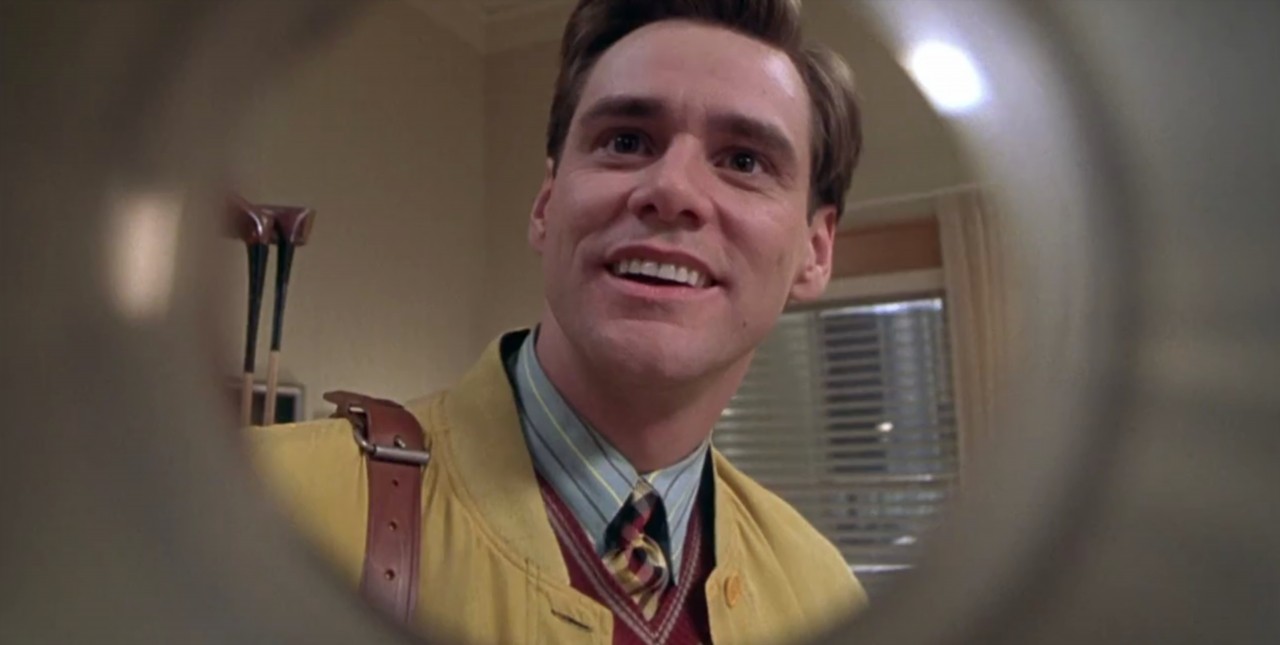
Films about the extremes that television will go to in order to gain more viewers (“Network”, “Nightcrawler”, etc.) have become increasingly relevant year after year. “The Truman Show” was a film ahead of its time.
It tells the story of Truman (Jim Carrey), who slowly discovers his whole world is fabricated and that he has been a television phenomenon since his birth. The show’s architect, Christof (Ed Harris in one of his best performances), insists that Truman cannot know the truth; his world must be entirely simulation. The public enjoys the show because it reinforces the realness of their world.
Truman is essentially the embodiment of the fourth stage of the simulacrum in which nothing is real and signs merely reflect other signs. He is a real person, but his life is based on a hyperreality. His realness is juxtaposed by the fakeness of his environment.
To the TV viewer, his authenticity as a person only strengthens the viewing experience because it reflects good television that is authentic. But the whole experience is then invalidated because what they think is real is fake.
The authenticity of the show (Truman’s unawareness) is undone by the notion that it is based on manipulation. Christof attempts to suppress Truman’s awareness of his circumstances in an effort to preserve the simulation. Thus, the simulation has taken on greater importance than the reality.
4. Pulp Fiction (1994, Quentin Tarantino)
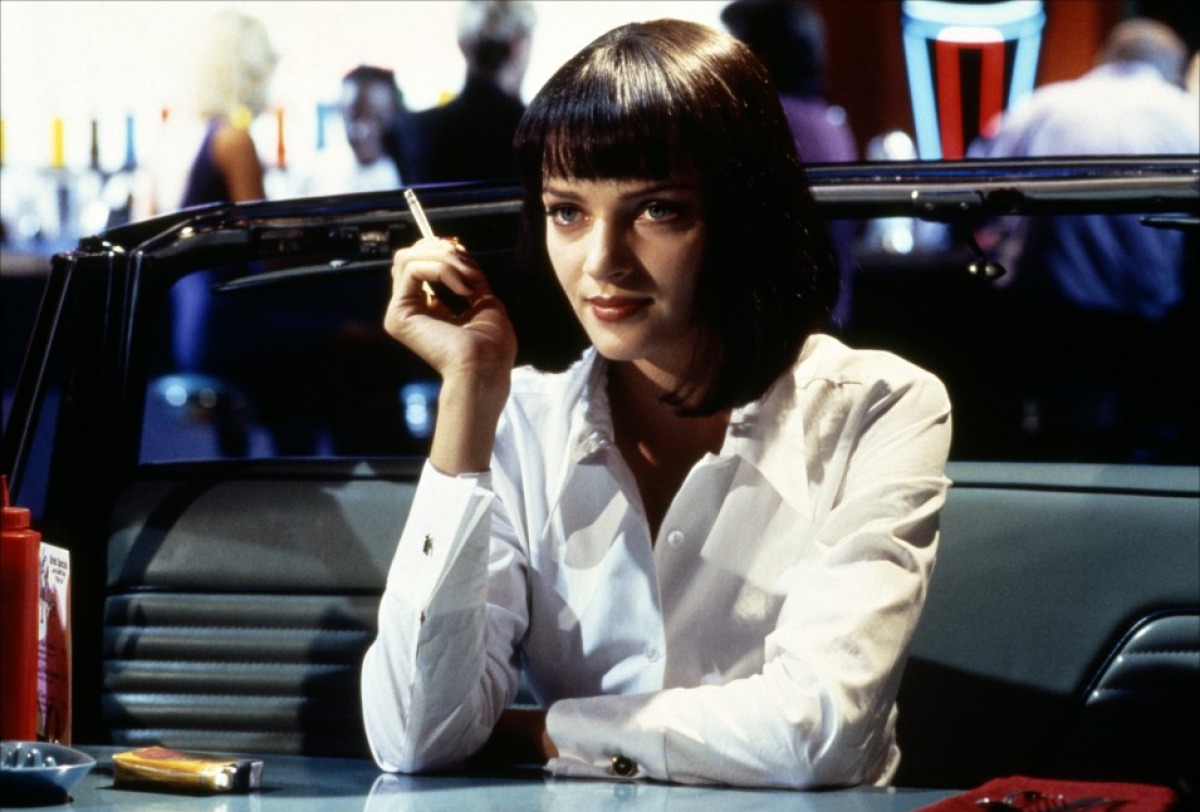
Hyperreality is evident in “Pulp Fiction”. The film’s mixture of casual pop culture references into the lives of the characters illustrate that the real has been eclipsed by the fictional. The characters nonchalantly discuss their favorite bands and TV shows.
In an ironic turn, these characters build their identities based upon these celebrities whose own identities have been filtered and distorted through the lens of the media and the population. The celebrities, whom these characters connect and identify with, are commodities and have no true self.
As Boorstin, a peer of Baudrillard observes, “we come dangerously close to depriving ourselves of all real models. We lose sight of the men and women who do not simply seem great because they are famous but who are famous because they are great.
Therefore, we come closer and closer to degrading all fame into notoriety” (Cathcart 189). This quote, along with the characters in the film, speaks to how one can form their identity based on someone who has been created and how the lines between the real and unreal have become blurred as a result of this cultural fetishism.
The scene where John Travolta’s character Vincent and Uma Thurman’s character Mia go to dinner at Jack Rabbit Slim’s reinforces the sense of hyperreality. This is a restaurant where people masquerade as celebrities, both living and deceased. Jack Rabbit Slim’s provides a clear example of what Baudrillard meant when he discussed the function that Disneyland plays on our society.
According to Baudrillard, such a place exists only to create a distinction between the real and the simulation. This fetishizing of celebrities supports Baudrillard’s argument regarding hyperreality: “the simulation becomes reality for its own sake, the fetishism of the lost object: no longer the object of representation, but the ecstasy of denial and of its own ritual extermination: the hyperreal” (Baudrillard 145).
Additionally, in the scene, a noteworthy appropriation of Marilyn Monroe is made. This speaks to the fact that she herself, Norma Jean, is a product of the media and celebrity culture. Celebrities like the characters in the film are creations.
The fact that these characters have such a connection to these “fabricated” individuals, points to the fact that they themselves are cultural constructs as well and their identity has been formed by past conventions, films and archetypes.
As Kolker points out regarding “Pulp Fiction”, “the postmodern is about surfaces. It consists of a flattened spatiality in which character and event are in a state of reminding us that they are pop culture figures and pleasure derives from its self-recognition (Kolker 264). This gives the film a self-conscious element. Indirectly, the characters are acknowledging that they are fictional. This creates the sense of a hyperreality.
5. Wag the Dog (1997, Barry Levinson)
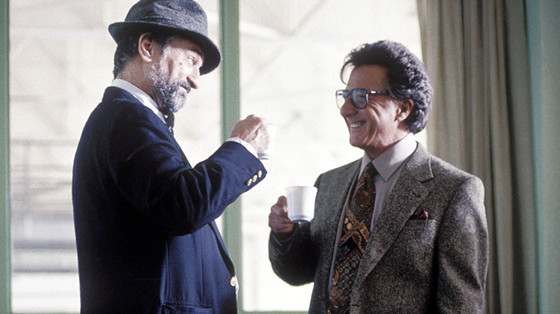
In 1991, Baudrillard came under great scrutiny when he published a collections entitled “The Gulf War Did Not Take Place”. In the title , he argued that the Gulf War did not occur (he did not mean this literally) because it was a war that was so heavily mediated by the media.
The networks at the time brought on generals who used computers and models to simulate what was occurring in battles. The public had no other reference point and had to accept these models as fact.
Furthermore, this was one of the first wars to be fought almost exclusively by air. The Americans hardly engaged the enemy in any sort of ground assault. Therefore, it was a war that was fought using technology and reported through advanced technology.
This brings up the next film on this list. “Wag the Dog” details how the public can be manipulated using similar reporting methods. In the film, the government hires a film producer (Dustin Hoffman, who resembles Robert Evans) to help stage a war with Albania to distract the public from a sex scandal in which the president has become embroiled.
The film shows how the media can greatly sway the public’s eye without questioning what it is being exposed to. The simulation of the war becomes real and is undisputed.